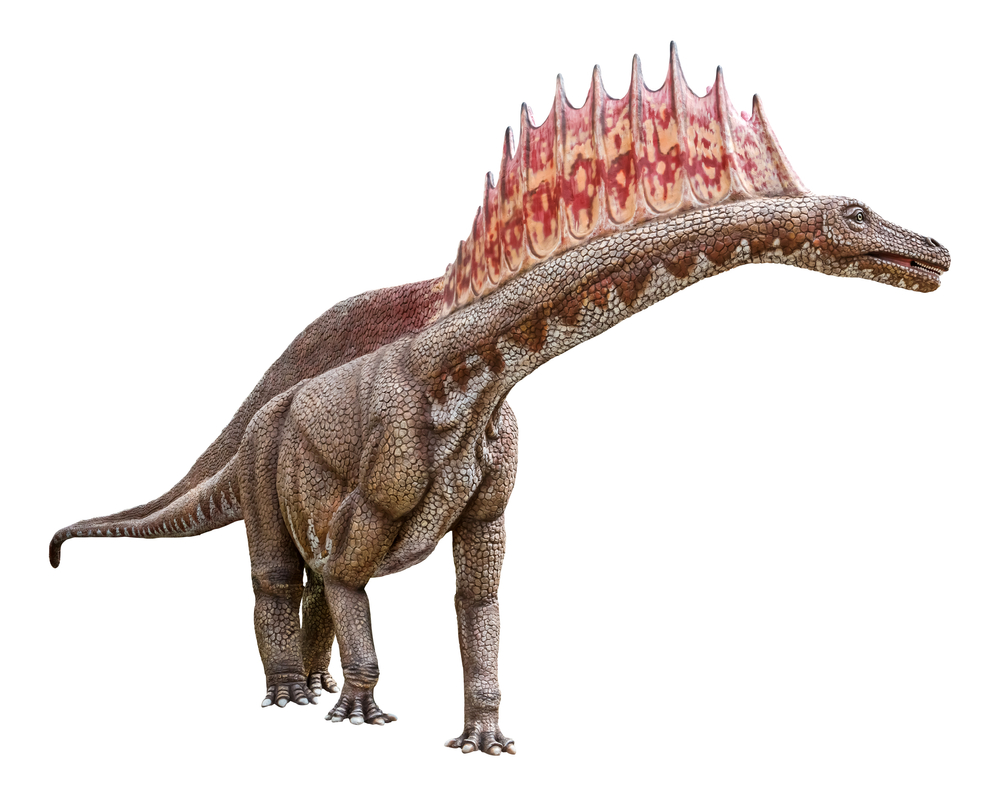A mosquito makes a high-pitched buzz, followed by an unnoticeable bite at night. As a result, the Plasmodium parasite enters the human body and trips off a cascade of events that leads to malaria. To better understand the pathogenesis of this life-threatening disease,1 Steve Haase, a biologist at Duke University, studies Plasmodium biological clocks, which are internal timekeeping mechanisms that regulate many biological processes.2
In a recent Proceedings of the National Academy of Sciences paper, Haase’s team showed that one of the most common malaria parasites, Plasmodium vivax, syncs its gene expression to that of its human host. Evidence of parasite-human host alignment could help researchers identify new targets to fight malaria.
Haase’s group previously found that the malaria parasite has a biological clock that controls its 48-hour developmental cycle inside red blood cells.3 “In mouse models, the malaria parasites do appear to be aligned with the circadian clock of a host,” he said, but scientists were not sure if this was true in humans as well.
To find out, the researchers collected blood from 10 patients infected with P. vivax. After growing the parasites in culture dishes, they tracked gene expression changes in both the parasites and host cells over two days by using RNA sequencing.
The team found that hundreds of genes in both P. vivax and their hosts followed a clock-like rhythm, upregulating and downregulating their expression throughout the day. Based on these data, the team calculated the internal clock time for each parasite-human pair. They found that genes with rhythmic expression were in sync, meaning that if a person’s gene expression shifted by a few hours, the gene expression in the corresponding parasite also shifted to match its host’s rhythm.
Research on circadian rhythms in infections is novel and important, said Filipa Rijo-Ferreira, a molecular parasitologist at the University of California, Berkeley, who was not involved in the research. “This study recapitulated observations from mouse models and seems very supportive of this potential coevolution of all these Plasmodium species into being in sync with their hosts.”
A key next step is to identify the signals that enable the parasite-host synchronicity, said Haase. “If we can understand how the parasite and the host are talking to each other and disrupt that communication, that might be a way of making the disease less severe.”
References
- World Health Organization. Malaria. 2023.
- Motta FC, et al. Proc Natl Acad Sci U S A. 2023;120(24):e2216522120.
- Smith LM, et al. Science. 2020;368(6492):754-759.














